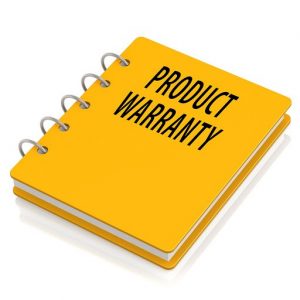What Is Procurement Maturity and Why It Should Matter for Modern Businesses
What Is Procurement Maturity and Why It Should Matter for Modern Businesses
Procurement is no longer just about purchasing goods and services, rather procurement has become a critical lever for strategic advantage, cost efficiency, risk mitigation, and innovation. However, not all organizations manage procurement with the same level of effectiveness or sophistication; this variation is what we refer to as Procurement Maturity.
What Is Procurement Maturity?
Procurement maturity refers to how advanced, strategic, and integrated the organizational procurement function is across key areas in the business such as – people, processes, technology, governance, and supplier management. How procurement is executed across the business – from basic, reactive purchasing to a fully optimized, value-generating function that supports business growth and innovation. Procurement maturity is typically measured using a structured model or framework that identifies the stages or levels of maturity, usually along a continuum from traditional to world class.

Stages of Procurement Maturity
Although models and frameworks of procurement maturity may differ slightly, most procurement maturity models follow a similar progression through five levels:
World Class
-
- Procurement is a strategic, core competency
- High degree of customer and supplier satisfaction
- Staffed with highly qualified specialists / other
- High degree of automation
- Metrics driven
Best In Class
-
- Procurement is seen to create value
- Good executive support throughout most of the organization
- ERP system is in use
- Metrics in place
- Staff are competent in Procurement practices
Leading
-
- Procurement seen as “value add” function
- Some pursuit of best practices
- Employees are engaged
- Some Executive support
Emerging
-
- Procurement seen as “value add” function
- Some pursuit of best practices
- Employees are engaged
- Some Executive support
Traditional
-
- Procurement an afterthought
- Not a core competency
- Employees disengaged
- No interaction between Procurement and supplier base
The Key Elements of Procurement Maturity
Procurement maturity is multi-dimensional concept which includes:
- People and Skills: Is the procurement team trained, certified, and strategically capable?
- Processes: Are there clear, efficient, and standardized procedures?
- Technology and Tools: Is procurement digitized and automated using modern platforms?
- Governance and Compliance: Are policies enforced and procurement activities transparent?
- Supplier Relationship Management: Are suppliers seen as partners in value creation?
- Data and Insights: Is procurement data accurate, accessible, and actionable?
So Why Does Procurement Maturity Matter
Improving procurement maturity brings measurable benefits:
- Cost Savings: Through strategic sourcing and demand management.
- Risk Management: Better control over supplier risk, regulatory compliance, and market exposure.
- Operational Efficiency: Reduced cycle times, fewer errors, and improved service levels.
- Innovation and Agility: Closer supplier collaboration enables innovation and faster responses to change.
- Strategic Value: Procurement contributes to sustainability, growth, and competitive advantage.
Organizations with mature procurement functions are better equipped to thrive in a competitive and volatile business environment.
Summary
Procurement maturity is a vital benchmark of how well an organization manages its supplier base, spending, and sourcing strategy. Moving up the maturity curve requires commitment, investment, and a vision that sees procurement not just as a cost centre, but rather as a strategic enabler of value.
Whether your organization is just beginning the procurement journey or aiming to lead in your industry, understanding and improving procurement maturity is a powerful and essential step toward greater business success.
janineh@tkjprocurement.com | etienneh@tkjprocurement.com | www.tkjprocurement.com





 If the system is developed according to the principles of the modern agile approach, all functionalities would be tested not only by the software development company but also by a dedicated team from the client. This process allows for on-time corrections of functionalities to match the expectations and the needs of the users. At the time of implementation of the software there should be no surprises…theoretically. But in reality, depending on the number of users and complexity of the BMS version there is still a chance that something might not work as expected. The reasons may include undiscovered bugs, unexpected difficulties with connectivity and other. Although these situations do not happen often, ensuring a warranty period with the provider can definitely mitigate the negative consequences should something like this occur.
If the system is developed according to the principles of the modern agile approach, all functionalities would be tested not only by the software development company but also by a dedicated team from the client. This process allows for on-time corrections of functionalities to match the expectations and the needs of the users. At the time of implementation of the software there should be no surprises…theoretically. But in reality, depending on the number of users and complexity of the BMS version there is still a chance that something might not work as expected. The reasons may include undiscovered bugs, unexpected difficulties with connectivity and other. Although these situations do not happen often, ensuring a warranty period with the provider can definitely mitigate the negative consequences should something like this occur. The Human Aspects
The Human Aspects











